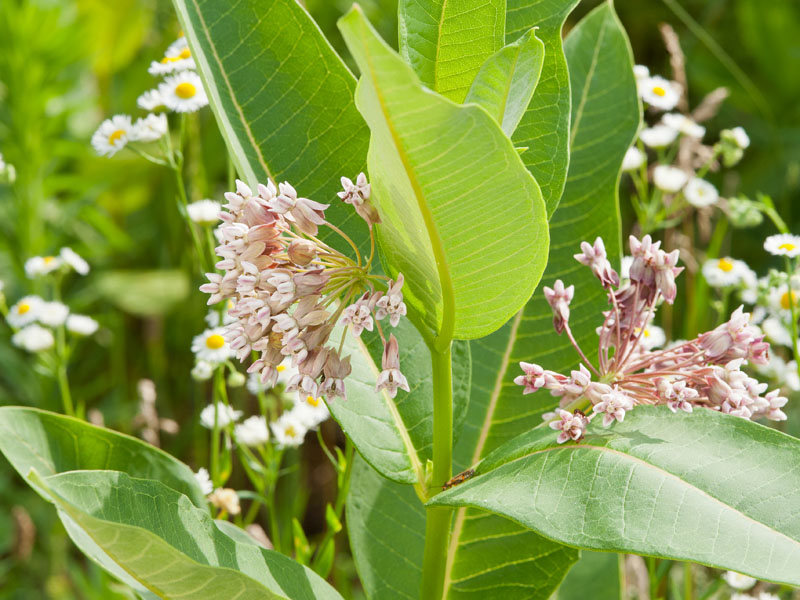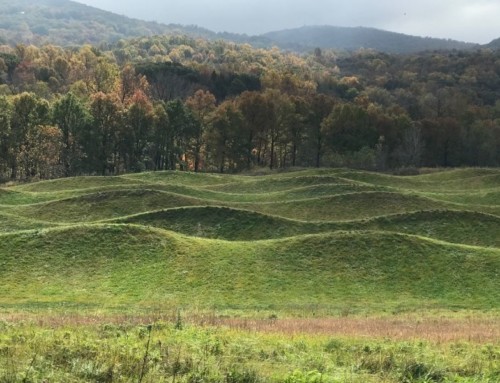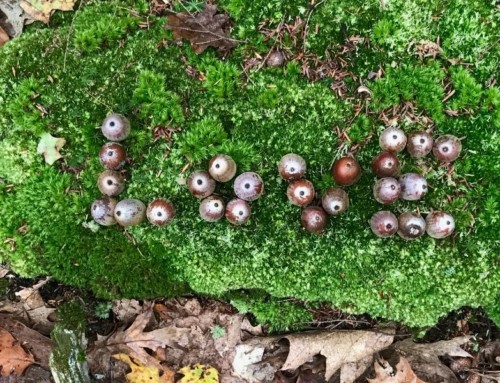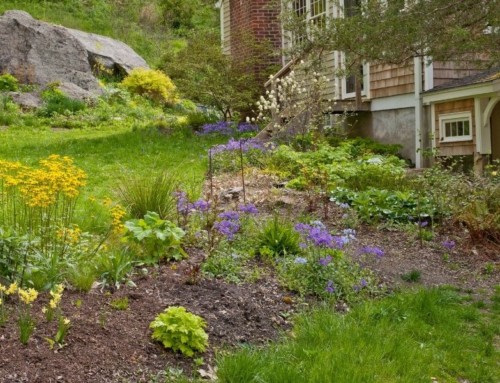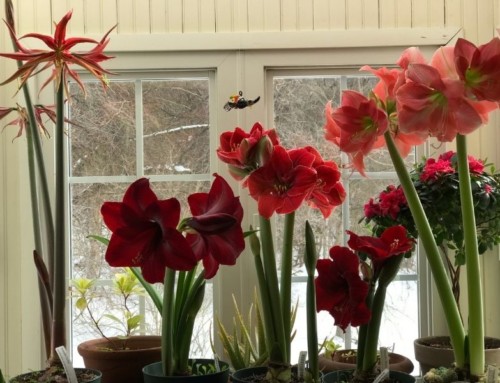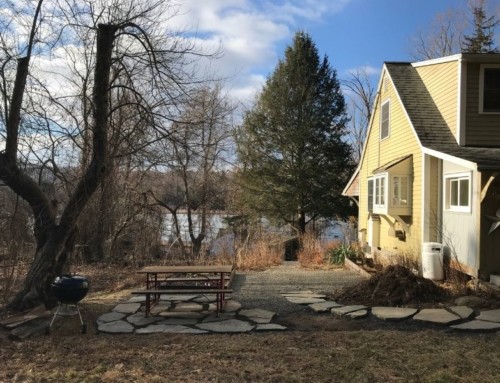Fellow native plant enthusiasts often suggest that native butterfly weed (Asclepias tuberosa), a superb pollinator plant and the sole larval food source for monarchs, would be more popular if it had a name without “weed” in it.
When it comes to plants for butterflies, most people think of non-native butterfly bush (Buddleia davidii cvs.) first. Every single coaching client who has ever asked me for help with a butterfly garden has opened the conversation with “I already planted butterfly bush. What else should I get?”
Sure, some butterflies and bees sip butterfly bush nectar. Not so much from some of the fancy cultivars. The foliage doesn’t feed native caterpillars. No caterpillars = no butterflies. Butterfly bush may not provide much value, but it sure sounds nicer than butterfly weed.
In this season of rapidly emerging garden weeds, Doug Tallamy’s recently published Nature’s Best Hope really got me thinking about how subjective and value-skewed the word “weed” is. We want plants with wildlife value but get tripped up with words that carry a lot of baggage.
The common definition of weed as a plant out of place is subject to all sorts of interpretations. It depends on your point of view.
As Tallamy points out, to an ecologist, “Any plant that has no evolutionary history in a given space is a plant out of place.” That includes many, if not most, of our cherished introduced ornamental garden plants.
And to most gardeners, he goes on, “Any plant that tries to grow within a design that did not specify it is a plant out of place, and that includes all of the native plants that had grown on that site for thousands of years.”
I hadn’t previously thought much about who gave our native plants the names by which we know them, or why. It wasn’t the native people who lived with and learned from them, shared them with wildlife and found value in their use.
Rather, Tallamy goes on to explain, European settlers planted monocultures and “weeded out” everything else. “Any plant that grew uninvited in cropland was called a weed and became an enemy.”
Native “weeds”
- Butterfly weed/Milkweed/Swamp milkweed (Asclepias )
- Joe Pye weed (Eupatorium/Eutrochium )
- Sneezeweed (Helenium )
- Pokeweed (Phytolacca americana)
- Ironweed (Vernonia )
- Fireweed (Epilobium/Chamerion angustifolium)
- Clearweed (Pilea pumila)
- Pigweed (Amaranthus )
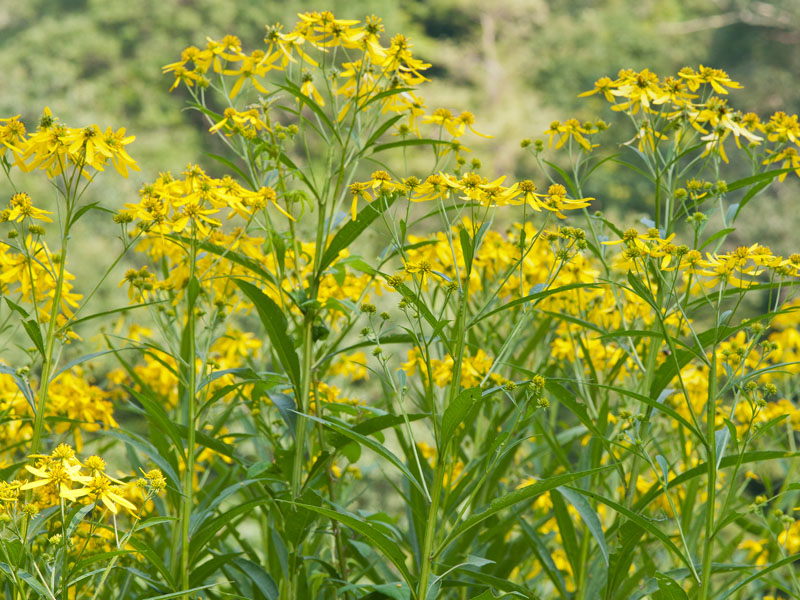
Sneezeweed only makes you sneeze if you use it as snuff
He goes on, “I wonder if common milkweed would be welcome in our gardens if we called it monarch’s delight, or if we would plant New York Ironweed if it were renamed Manhattan splendor?”
Native plants named as weeds (or deemed weedy because they dare show up in gardens uninvited) support animal diversity. Yet we continue to wipe them out alongside agricultural fields, in designed landscapes and even roadsides. Tallamy writes, “…without our native weeds, we would face ecosystem collapse.”
Funny thing, though, many of the plants those settlers brought with them (Dandelions, plantain, dame’s rocket, common periwinkle, wild chicory, English ivy) have become weeds here, out of place in our gardens – and some of them invasive in natural areas, where they outcompete the native “weeds” that belong there.
Odder still: One of our highly adaptable and ornamental native plants, with fabulous fall color and nutritious, fat-filled berries consumed by more than 75 bird species during migration season, isn’t much valued here. But in England, it was introduced as an ornamental, and a challenge to grow. The plant – poison ivy.
Eat Your Weeds
Another widely circulated definition of ” weed” is “a plant whose virtues have not as yet been discovered.”
Some of foraging expert Russ Cohen’s favorite plants are “weeds,” whether native or introduced, “common weeds” or true invasives. His subjective point of view has more to do with taste than origin, although he is exceptionally mindful of the ethics of harvesting wild plants – and the virtue of eating invasives.
Cohen’s Wild Plants I Have Known … And Eaten is an engaging history and natural history of commonly found edible plants possessing the virtue of nutritious deliciousness. A checklist of New England plants, with rarity rating (to discourage over-harvesting) and chart indicating when to pick wild edible plants are especially helpful.
The book is published by The Essex County Greenbelt Association and can be ordered by emailing alexandra@ecga.org or calling (978) 768-7241 Ext. 10.
Bon appetit!
